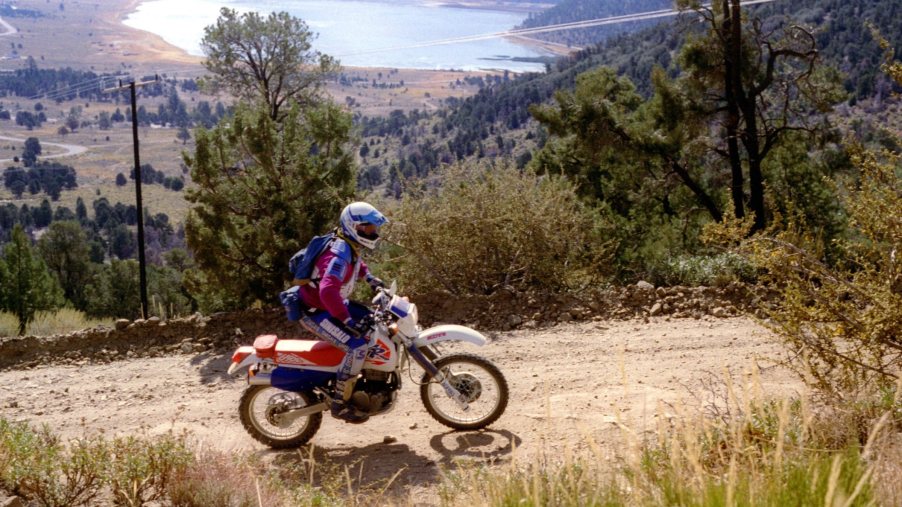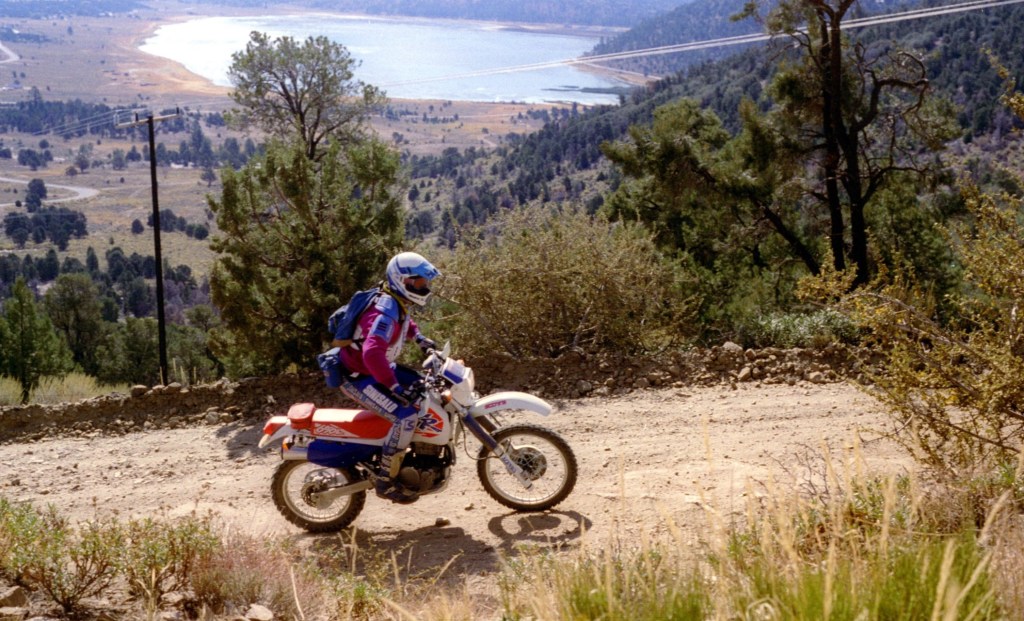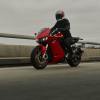
The Honda XR650L vs. Kawasaki KLR 650 – Let’s Put the “Duel” in Dual-Sport
Kawasaki and Honda have ruled the motorcycle scene for decades. Their fierce rivalry has produced some of the coolest motorcycles ever made. The competition drives both companies to continually produce high-quality performance machines that make bike lovers crazy trying to pick between the two. The dual-sport powerhouse models from each company are probably the most highly-contested models by off-road fans. Both the Honda XR650L and the Kawasaki KLR 650 remained mostly unchanged since they began, and they still are considered some of the best dual-sport bikes ever made.
RideApart went through a video of Francois, an owner of both the KLR and XR, and compares the two bikes head to head. The competition is stiff, and the considerations are many, but Francois looks at them from every angle.
The Kawasaki KLR 650 takes quite the lead over the Honda XR650L early on
The KLR has changed slightly more than the Honda over the years but remains true to its original form. He found KLR 650 has an overall smoother ride than the XR650L due to something called the “cush drive.” This is a big piece of rubber attached to the rear sprocket that lessens the transmission’s vibrations. This also allows for smoother gear changes and protects the drivetrain from unnecessary wear and tear.

Francois also found that he liked the gearing better in the Kawasaki KLR 650 than the Honda XR650L. As RideApart mentions, gearing can be fairly personal. Good gearing all depends on the riding you do. He found that the KLR didn’t require nearly as much shifting back and forth for his riding. The Honda XR650L has a tall second gear that made picking the proper gear tough at times.
The Honda XR650L has some strengths, too
The Honda comes in nearly 100lbs lighter than the Kawaski KLR 650. For off-road riding, weight is crucial. The lighter it is, the more nimble the dual-sport becomes. Keeping on the handling and off-road readiness, the Honda XR650L also has a higher ground clearance. Not only does the XR650L have a taller seat, but it has 13 inches of ground clearance to the KLR 650’s 9-inch ground clearance.
The KLR might be more an even-split dual-sport, but the Honda XR650L gives the rider a bit more confidence off-road. The ride height and weight surely help, but also, the Honda is just a simpler bike. There is less going on to distract and occupy the rider. These things matter when off-road in particular.
The Honda XR650L is an all-time great, but Francois prefers the Kawasaki KLR 650
As much as he likes the Honda XR650L, it doesn’t have as many pros. RideApart goes on to say that the KLR has a bigger fuel tank and a radiator. In particular, these two items come in handy when slow crawling a technical trail and not overheating your bike or covering more distance when deep in the wilderness.
The KLR also has a detachable subframe, which might not matter to most riders, but if it’s needed, you’ll be pretty happy to have it. If the subframe cracks in a crash on the Honda, your only choices are welding or total the bike. It is integrated into the frame of the bike. The KLR subframe can be easily swapped out.
The verdict: both are great
The two bikes are both so good at what they do; there is little argument to be made that one is clearly and objectively better than the other. Many of the pros and cons are personal things, like seat height, gearing, and simplicity level ( both are pretty damn simple.) So at the end of the day, you can’t go wrong with either as long as you know what kind of riding you want to do and the type of bike you need to do it.



